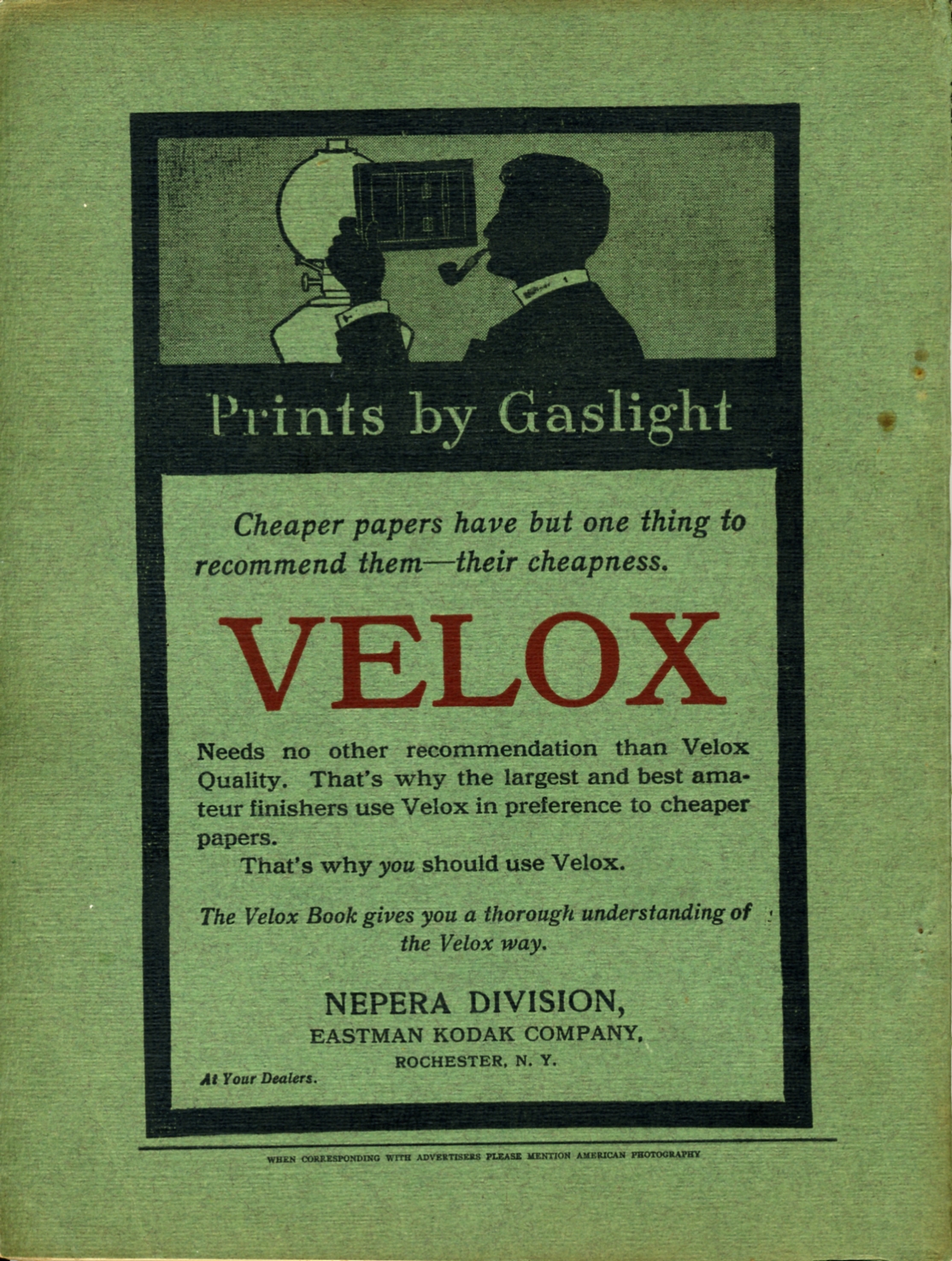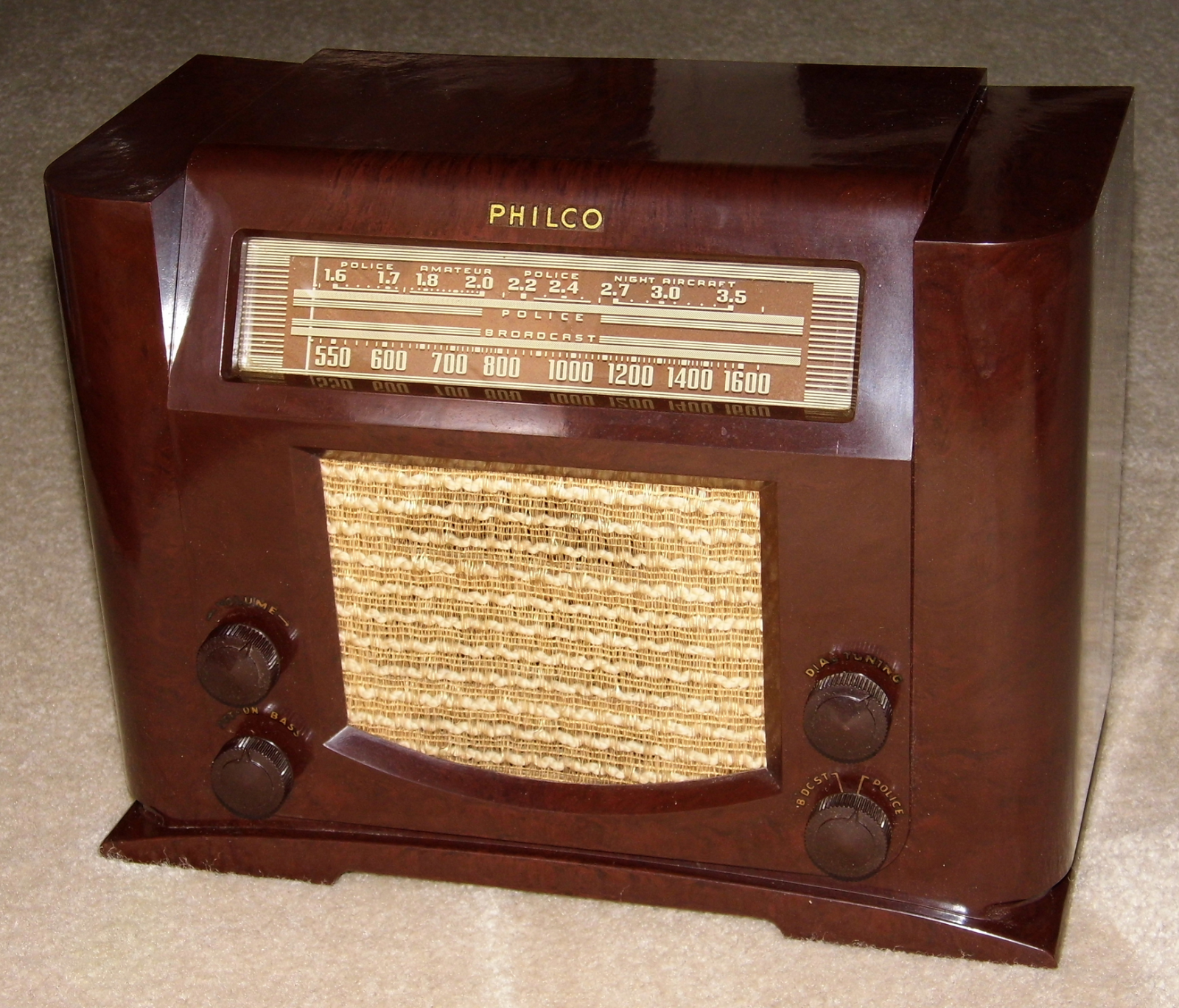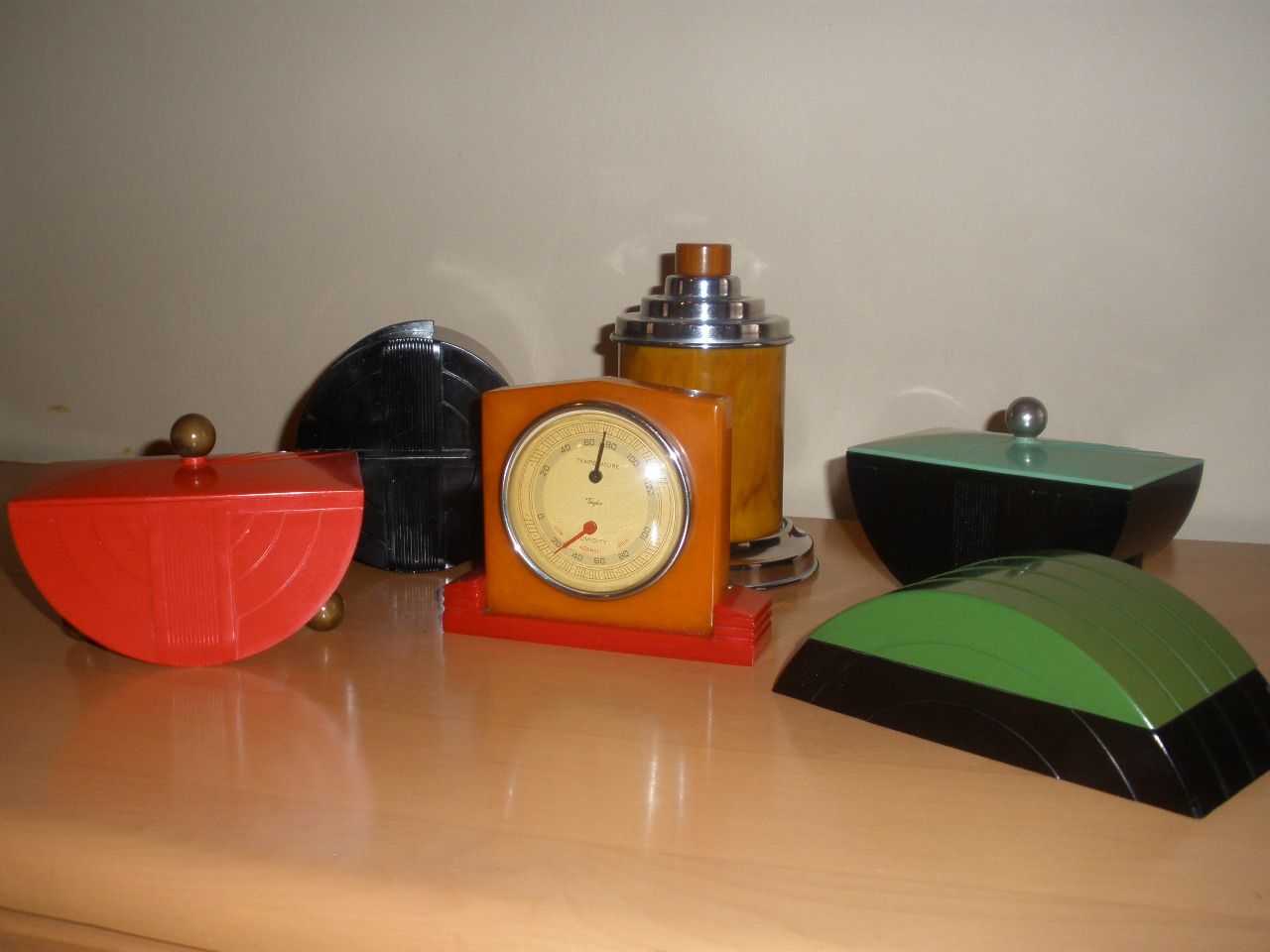Leo Baekland and Bakelite
by Andy Boyd
Today, Bakelite. The University of Houston presents this series about the machines that make our civilization run, and the people whose ingenuity created them.
A recent survey of people on the street revealed that most had never heard of Bakelite. While it's comprised of the words "bake" and "lite" -- the way the beer companies spell "lite," Bakelite has nothing to do with either. It is, however, a quintessential American invention.
.png)
A photo of Leo Hendrick. Photo Credit: Wikimedia Commons.
Leo Baekeland was born in Belgium in 1863. He earned his doctorate in chemistry at age twenty-one and shortly thereafter moved to the United States where he'd go on to earn citizenship. After a rocky start involving a long illness, Baekeland invented Velox, a photographic printing paper that, among other things, could be developed under artificial light. The rights to use Velox were ultimately sold to George Eastman of Kodak. It netted Baekeland enough money to retire comfortably, and represented an important advance in the history of photography.

Prints by Gaslight on Velox paper. Photo Credit: Flickr.
That would be enough for most people. But Baekeland wasn't finished. He used his money to set up his own experimental laboratory. Ever focused on practical applications, Baekeland realized that the insulation on commercial electrical coils was melting, leading him to investigate new insulation materials. But what he discovered was far more useful than he could've initially imagined.
Baekeland experimented with combinations of phenol and formaldehyde. Many investigators understood that the two compounds combined to create a frothy solid worthy of research. But that was that. What Baekeland brought to the lab was the stubborn tenacity to try experiment after experiment in an effort to create something useful. And after eight years of carefully documented experiments he discovered what he'd call Bakelite: the first synthetic plastic.

A classic telephone. Photo Credit: Wikimedia Commons.

Vintage Philco Model 41-230T Table Radio, Bakelite Cabinet, Two Band, 7 Tubes, Circa 1941. Photo Credit: Flickr.
It was a discovery that continues to change the world to this day. We need only look around to see how plastics affect our daily lives. Coffee makers. Computer keyboards. Car dashboards. Plastics are so versatile because they can be molded to any desired shape. They're also rugged, cheap, and don't rust. Unfortunately, they don't biodegrade, though engineers are working on that.

An assortment of various Bakelite and catalin objects. Photo Credit: Flickr.
Baekeland proved a capable businessman as well as inventor, building a Bakelite empire and amassing a fortune in the process. But the business activities taxed his spirit. Baekeland loved his family but demanded solitude, spending hours and days locked away on his own. Known for eating meals directly from cans and walking fully clothed into the water to cool off, his eccentricities grew as the pensive figure aged.
Baekeland's journals give us a good look inside the man, a man who was keenly aware of the good fortune life had bestowed on him. Yet, in the end, it wasn't wealth but time in the laboratory that he treasured most. "The religion of science is the worship of truth," he wrote. "And the worship of truth, is the worship of God."
I'm Andy Boyd at the University of Houston, where we're interested in the way inventive minds work.
(Theme music)
Thanks to Hugh Karraker, Engines listener and grandson of Leo Baekeland, for bringing this topic to my attention. The essay drew upon a forthcoming documentary film, All Things Bakelite.
Bakelite. From the Wikipedia website: https://en.wikipedia.org/wiki/Bakelite. Accessed September 2, 2016.
GLeo Baekeland. From the Wikipedia website: https://en.wikipedia.org/wiki/Leo_Baekeland. Accessed September 2, 2016.
This episode was first aired on September 8, 2016